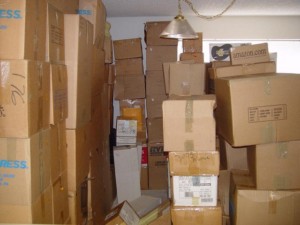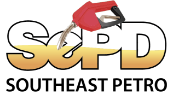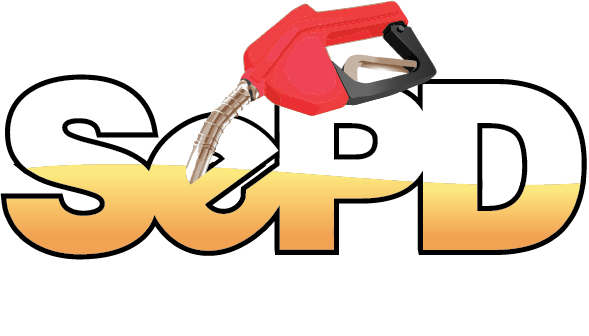 How much money do you have sitting on the floor of your store?
How much money do you have sitting on the floor of your store?
Because that’s what inventory is – money.
A lot of stores are independently owned, and their owners have just one store. Saving money is always a concern, so they strive to save money however they can. For instance, they may buy merchandise in bulk to get better prices.
The problem is that they aren’t selling in bulk. Some stores have $20,000 in merchandise sitting on the floor. In some cases, it’s stuffing the store, and boxes are crowding the aisles, detracting from the shopping experience and making it even less likely that the merchandise will move.
Stocking too much stuff can be a liability in other ways. Your money is tied up in your merchandise, so you don’t have money for other things. And the savings you get from buying in bulk are probably not worth the valuable store space you’re consuming with your extra inventory.
We’ve heard from some store owners that all of their profit is wrapped up in inventory. They therefore have too much overhead and aren’t bringing in enough money. Some of them have no idea just how much of each product they have.
One problem with not quantifying your inventory is that you’re more vulnerable to theft. If someone steals a box or two, how will you even know?
In addition, inventory that sticks around can depreciate or, if it’s a food product, expire. Gadgets can become obsolete and even harder to sell. And the longer you hold onto something, the more likely it may be damaged.
It’s critical to monitor inventory levels. Track everything: not only what you have, but how much you sell of each item. C-store Inventory Management software (or accounting software such as QuickBooks, which can also track inventory) may be the most efficient way to track your merchandise.
If you’re tracking your items with software, make sure you back up your data, preferably off-site – either through “cloud” backup online or on removable media, such as a thumb drive, in case your hard drive crashes or your computer is stolen.
Have a label for each location where you keep things, whether it’s the second shelf in section B in aisle one, or the storage closet. Use that information in your tracking, along with unique item numbers and good descriptions. Make sure you specify your units of measure, too. Does “1 peanuts” mean a bag or a pound? Does “3 egg” mean three cartons of a dozen, or three cases of 24?
Tracking should include turnaround times, so you have a better sense of how fast your items are selling. You don’t want to buy slow-selling items at the same rate as your best sellers, or you’ll have piles of the less popular products filling your space.
Identify your best sellers and have more of them in stock. Consider what sells better at certain seasons and adjust your inventory accordingly. An article at Entrepreneur.com suggests that 20 percent of your items will generate 80 percent of your demand, and those items should get the most attention in terms of tracking and ordering.
If all of the above sounds daunting to you, there are services that will c-store inventory management for you, and lessen the burden of keeping up with the inventory yourself. Southeast Petro currently uses Amcom Software to track inventory for multiple store locations. We also contract with a company called Advanced Inventory Systems to do a full audit of our store inventory to make sure that our inventory stays accurate, and to curb theft. Both of these companies and their services have proven to be good investments, and our savings and returns far exceed the cost of utilizing these valuable management tools.
Whether you do the work yourself, or you pay for a c-store inventory management software program and/or management company, tracking your inventory will result in a more efficient, more fluid flow of merchandise through your store, as well as more space to sell it. And, of course, you’ll have more flexibility with your money, because it won’t be tied up in boxes of unsold products.





